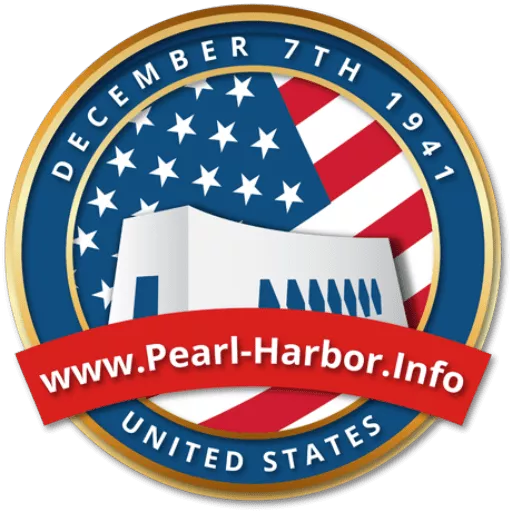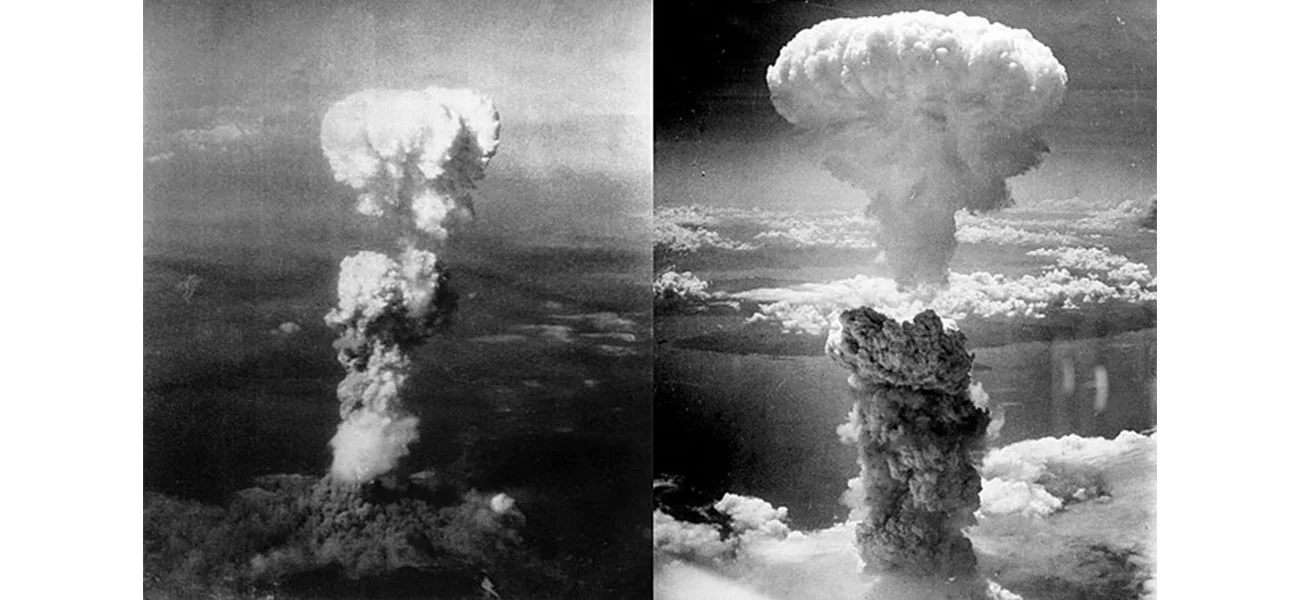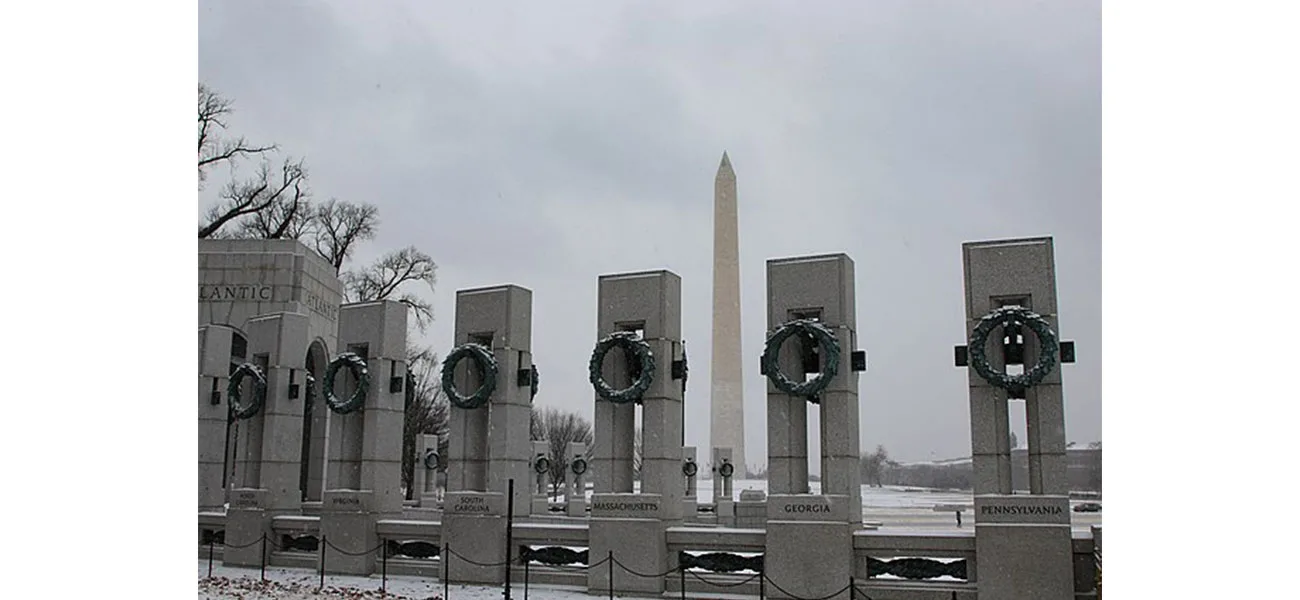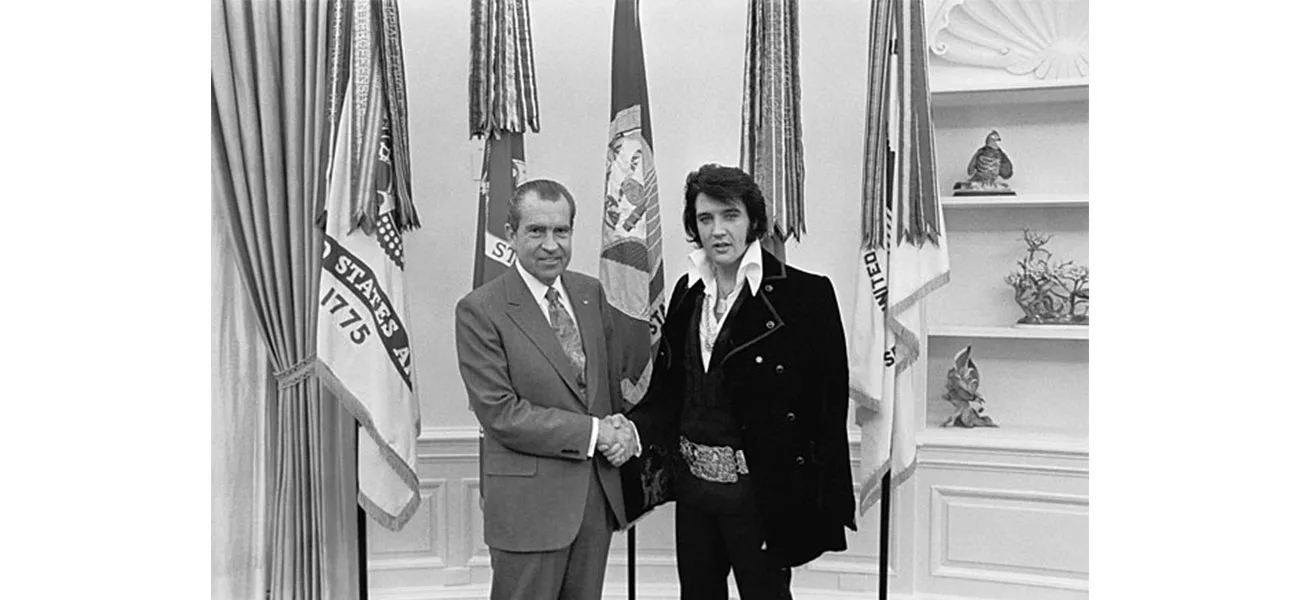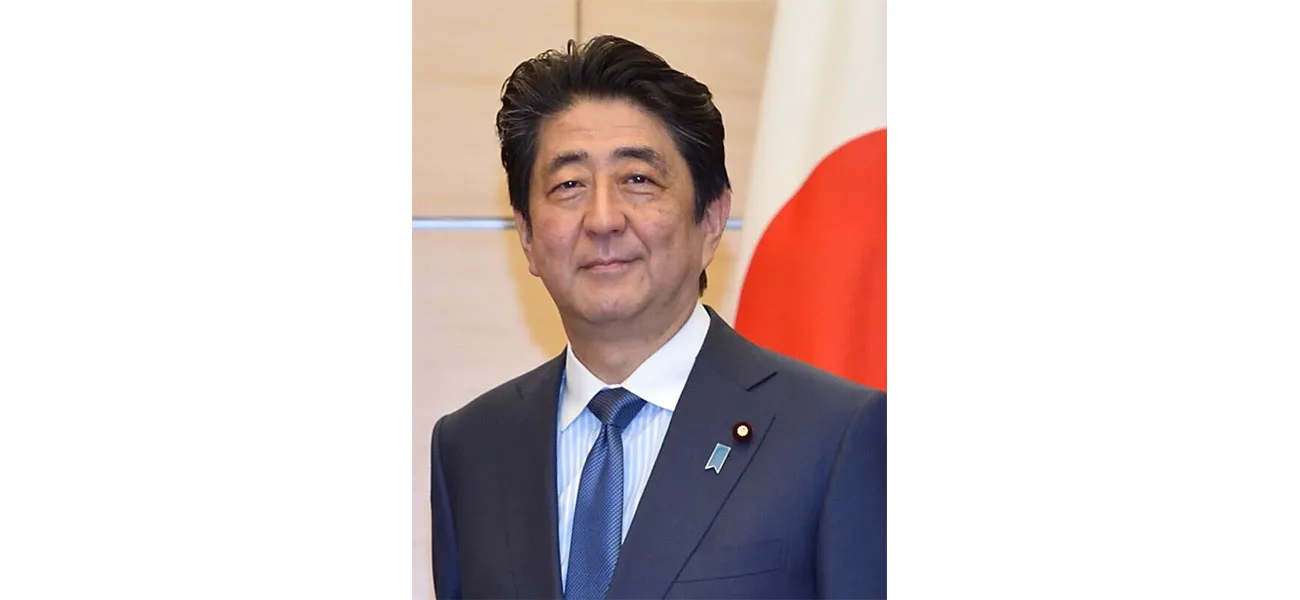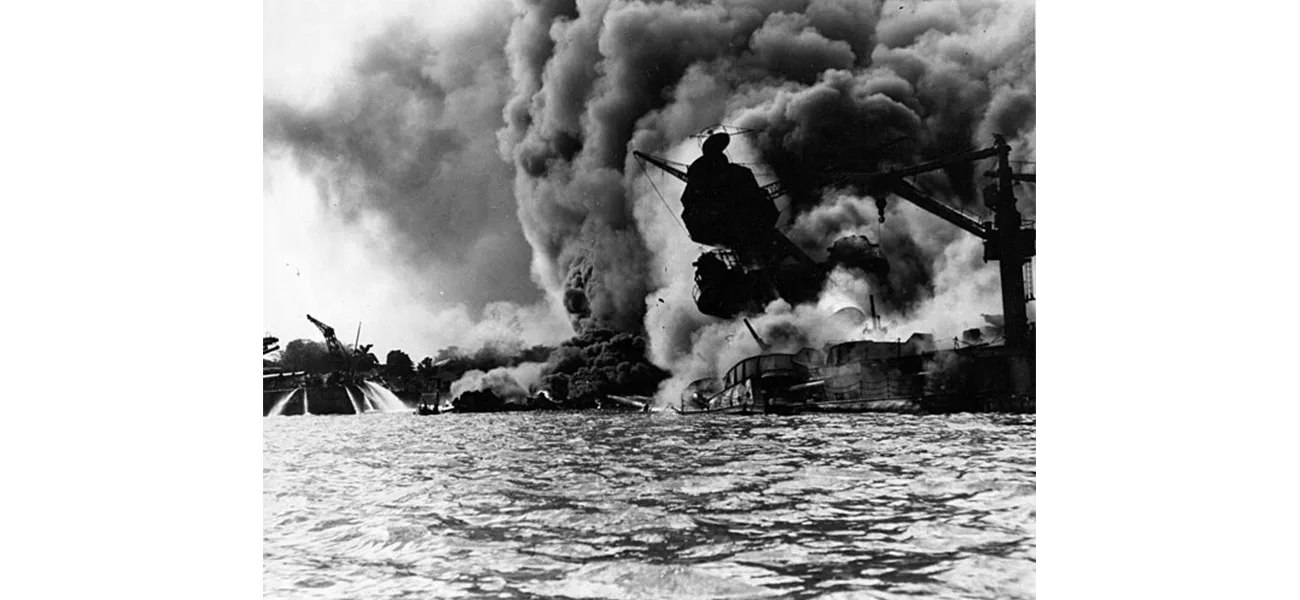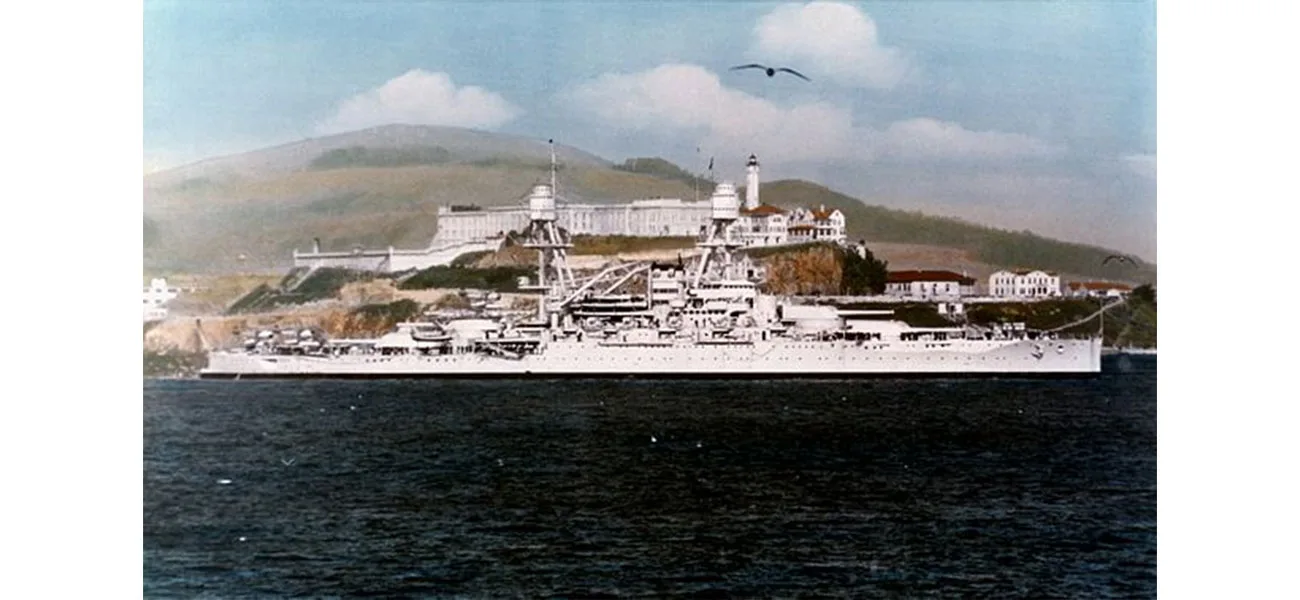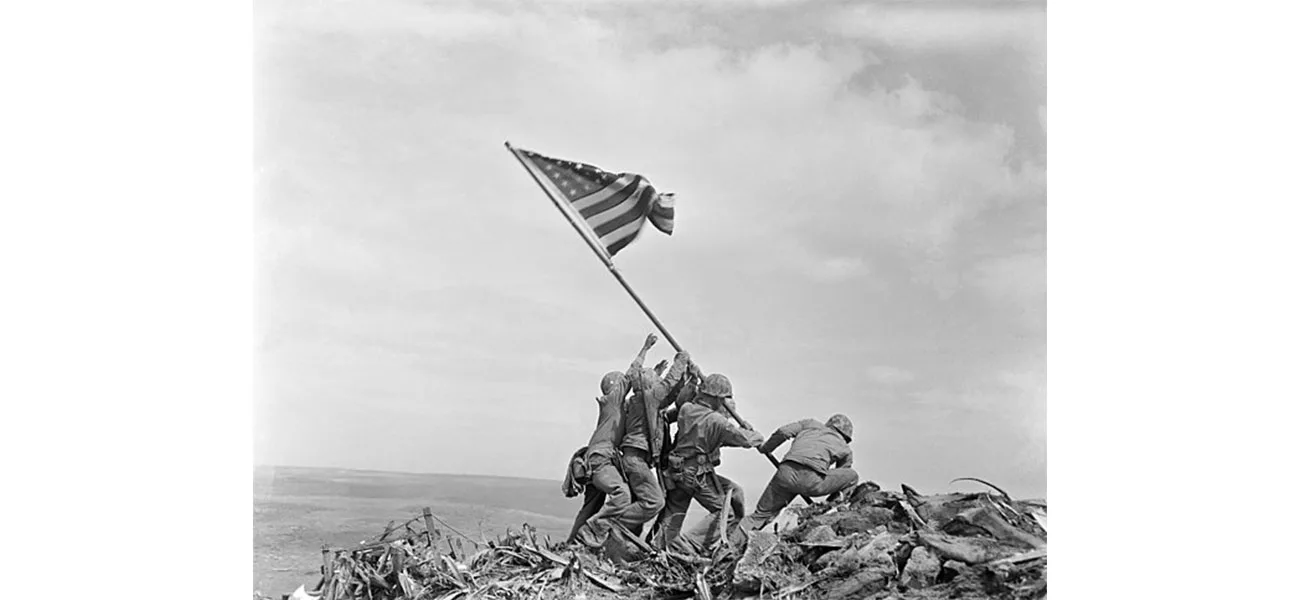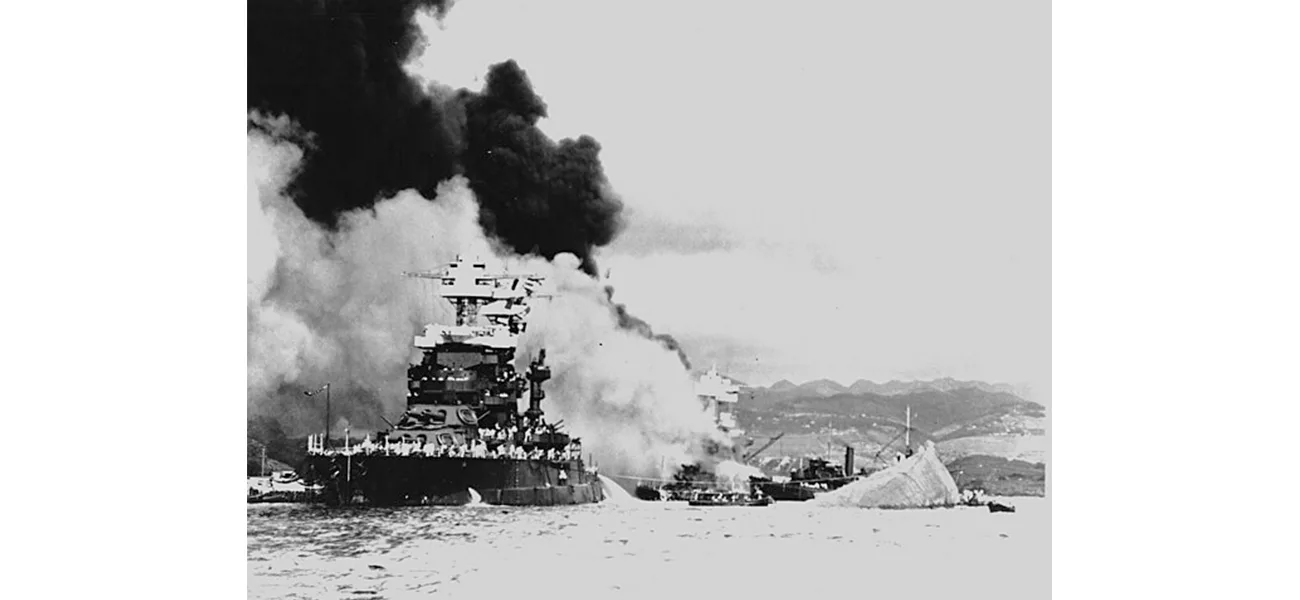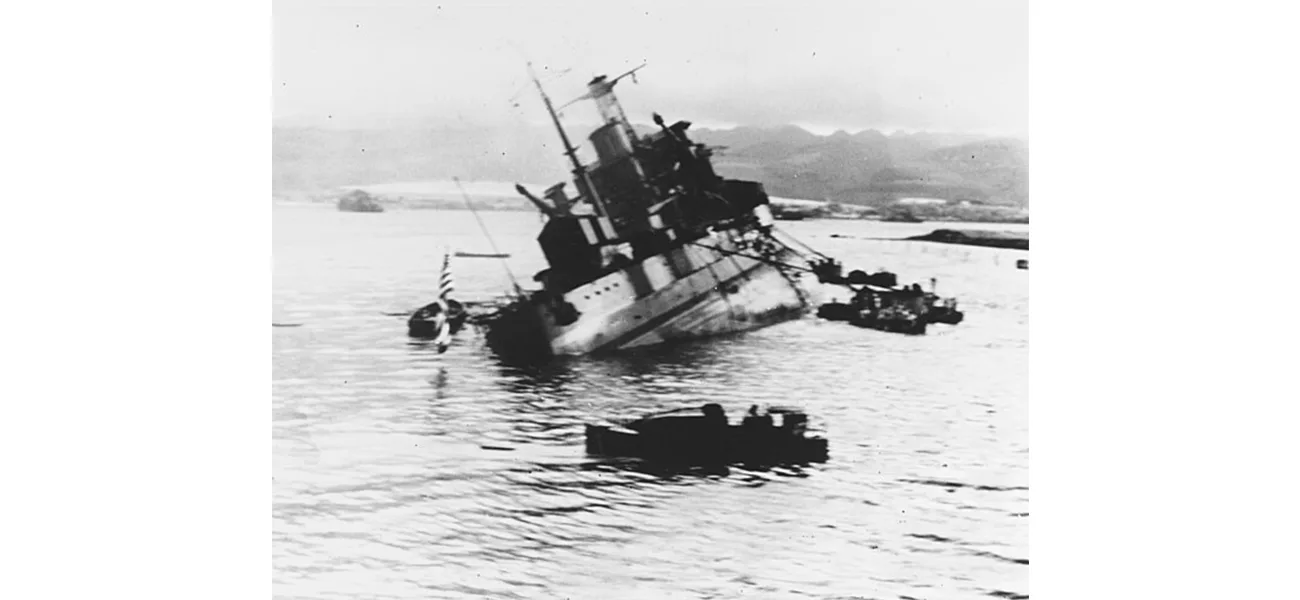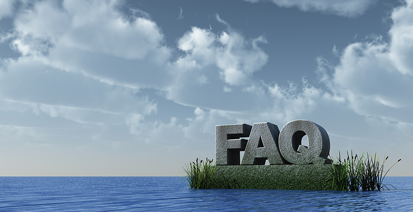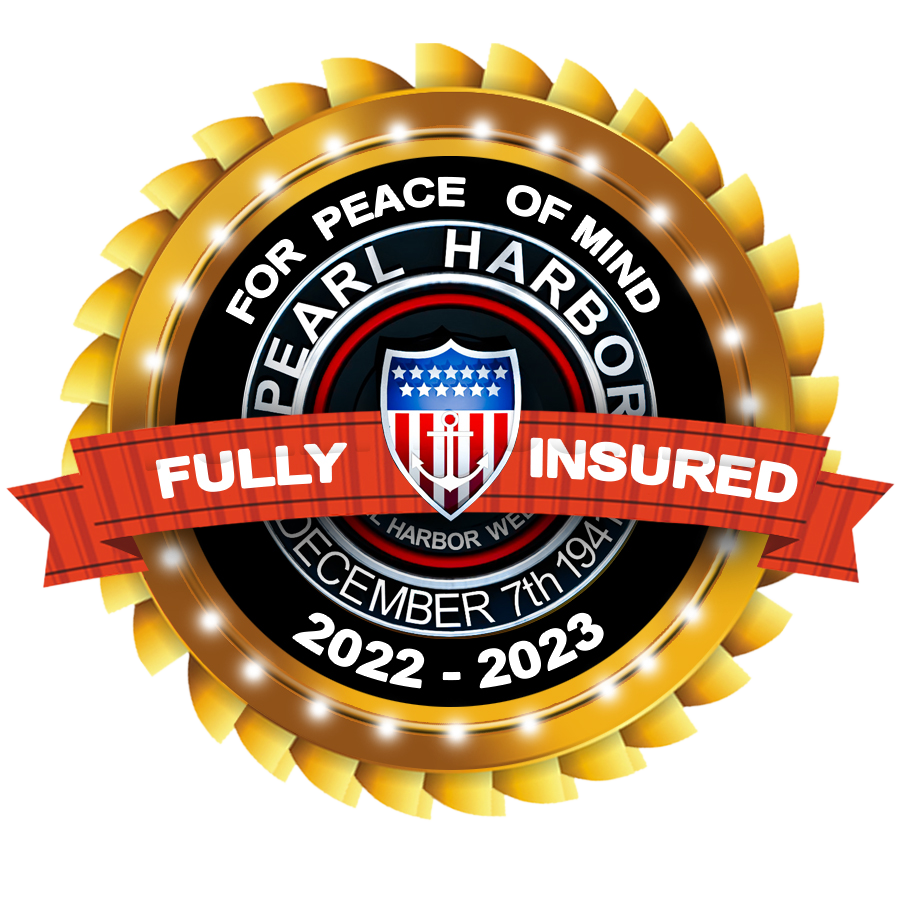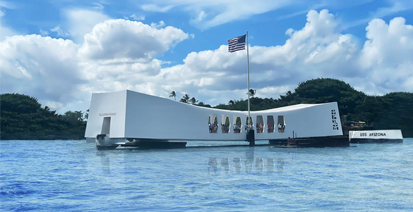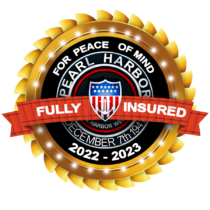Atomic Bombings of Hiroshima and Nagasaki
The Atomic Bombings of Hiroshima and Nagasaki mark two of the most pivotal and devastating events in human history. These bombings not only reshaped the course of World War II but also changed the global understanding of warfare forever. It all began with the United States’ entry into the war after the infamous attack on Pearl Harbor on December 7, 1941. Japan’s surprise assault on Oahu came even as peace talks between the two nations were underway. A delayed declaration of war by Japan reached the U.S. only after the attack had begun, plunging America into a global conflict. From that moment until September 2, 1945, the U.S. found itself fighting on two fronts: against the Axis powers in Europe and the Japanese in the Pacific.
While countless battles shaped the outcome of World War II, the bombings of Hiroshima and Nagasaki stand out as defining moments. These events, fueled by the Quebec Agreement between the United States and the United Kingdom, culminated in the first and only use of atomic weapons in warfare, changing the world in ways still felt today.
Hiroshima: The Day That Changed Everything
On August 6, 1945, a U.S. B-29 bomber, famously named the Enola Gay after pilot Paul Tibbets’ mother, took off carrying “Little Boy,” a uranium-based atomic bomb. Accompanied by two other aircraft, The Great Artiste and Necessary Evil, the mission aimed to strike a decisive blow. “Necessary Evil” had a grim task: to document the catastrophic power of the bomb for posterity.
The bomb, weighing 141 pounds and packed with Uranium-235, took roughly 45 seconds to descend from 31,000 feet. Originally aimed at the Aioi Bridge, crosswinds pushed it off course, and it detonated over the Shima Surgical Clinic. The blast destroyed everything within a one-mile radius, leaving only skeletal structures like the Atomic Dome standing—a chilling reminder of the bomb’s power. Today, visitors to Hiroshima can find a plaque marking the exact spot of detonation, a brief walk from the preserved Atomic Dome, which serves as a haunting symbol of the horrors of war.
Nagasaki: The Unintended Target
Three days later, on August 9, 1945, Nagasaki faced a similar fate. Interestingly, Nagasaki wasn’t the original target. Kokura had been chosen for the second bombing, but unfavorable weather conditions and smoke from nearby Yawata Steel Works obscured the view. With dwindling fuel, the crew of Bockscar, carrying the plutonium-based bomb “Fat Man,” made a critical decision to proceed to their secondary target: Nagasaki.
The bombings left an indelible scar, claiming the lives of at least 129,000 people across the two cities. These were not just numbers; they represented countless families torn apart and communities obliterated. Despite the immense loss, the bombings forced Japan to announce its surrender on August 15, 1945. The formal surrender was signed aboard the USS Missouri on September 2, 1945—a historic event that brought an end to World War II.
The Legacy of Hiroshima and Nagasaki
To this day, Hiroshima and Nagasaki remain the only instances of nuclear weapons used in war. The events serve as somber reminders of the devastating consequences of atomic warfare. Sites like the Atomic Dome and Hiroshima Peace Memorial Park continue to draw visitors from around the world, offering a space for reflection and a call for peace.
The USS Missouri, now stationed at Pearl Harbor, stands as a testament to the end of the war. The ship, open to visitors, provides a tangible link to history—a reminder of both the cost of war and the resilience of humanity.
These bombings, though rooted in tragedy, sparked global conversations about disarmament, peace, and the ethical implications of advanced weaponry. By remembering Hiroshima and Nagasaki, we honor those who suffered while striving to prevent such devastation in the future.
